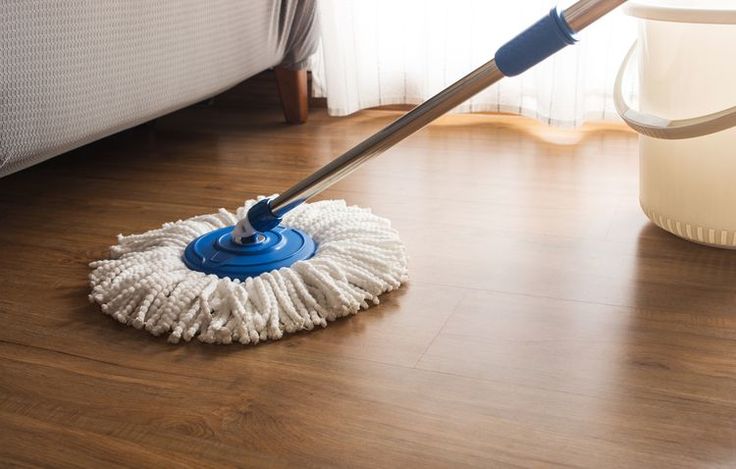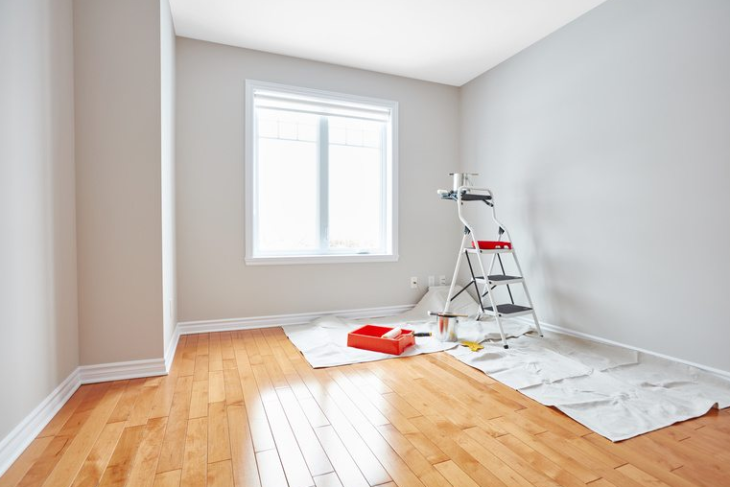
Tackling Sticky Floors
Wood floors make any home look warm and beautiful. But when they get sticky, they can feel messy and make you wonder if they’re clean. Have you ever noticed a tacky feeling under your feet, even after mopping? If so, you’re not alone! Sticky wood floors are a common problem, but with the right tips, you can clean them easily and keep them looking great.
In this guide, we’ll go over simple steps to clean sticky wood floors, ways to stop them from getting sticky, and when to call in a professional. This article will cover you! It will help whether you want to use floor cleaning services in Pittsburgh, residential ones, or do it yourself.
Why Do Wood Floors Get Sticky?
Understanding what causes sticky wood floors can help you clean them better and keep them in top shape. Here are a few common reasons why floors get sticky:
Residue From Cleaning Products
Some wood floor cleaners can leave a sticky residue if not rinsed off. Over time, these residues can build up and make the floor tacky.
Food And Drink Spills
We all spill things occasionally, and sticky spots can form if you don’t clean them up right away. Sweet drinks, sauces, or even food crumbs can cause areas on your wood floors to feel sticky.
Wax Or Polish Buildup
Using too much floor wax or polish can create a sticky buildup. Waxing makes floors look shiny but can leave them feeling sticky if not done correctly or if layers pile up.
Dust And Dirt
Dust and dirt mixed with moisture can form a sticky layer on wood floors. To avoid this buildup, it’s important to sweep and mop often.
Simple Steps To Clean Sticky Wood Floors
Now that we know why floors get sticky let’s review the best ways to clean them. These steps will help your wood floors feel clean and look their best.
1. Start With A Good Sweep
Dust and dirt can make floors feel grimy, so sweep or vacuum them to eliminate loose dirt. Be sure to use a broom with soft bristles or a vacuum with a hardwood floor setting to avoid scratching the floor.
2. Make A Gentle Vinegar Solution
A vinegar solution is a safe and natural cleaner for sticky wood floors. Here’s how to make it:
- Mix 1 part white vinegar with ten parts warm water.
- Dip a microfiber mop into the solution and wring it out until it’s damp (not soaking wet).
- Mop the floor, going over sticky spots a few times.
Vinegar is great at cutting through sticky residue without leaving its layer behind. Just be sure to wring out the mop well, as too much water can damage wood floors.
3. Rinse With Plain Water
After mopping with the vinegar solution, go over the floor with plain warm water to rinse away any leftover vinegar. This step helps ensure no lingering smell and prevents any potential residue.
4. Dry The Floor Well
After cleaning, dry the floor with a soft, dry microfiber cloth. This step is essential because leaving the floor wet can make it sticky again and even damage the wood over time. For best results, work in small sections, drying as you go.
Removing Tough Sticky Spots On Wood Floors
Sometimes, only certain areas of your floor feel sticky, like someone spilled a drink or dropped food. Here’s how to handle those stubborn spots:
Use A Vinegar And Water Spot Cleaner
Mix a small amount of vinegar and water in a spray bottle for a quick spot clean. Spray the sticky spot and let it sit for a minute. Then, wipe it with a damp microfiber cloth. Rinse with plain water and dry.
Try Mild Soap For Harder Stains
If vinegar doesn’t work, try a mild dish soap solution. Add a few drops of dish soap to warm water, dip a cloth in the solution, and gently rub the sticky spot. Rinse and dry the area when finished.
Keeping Your Wood Floors From Getting Sticky
Preventing sticky floors is the best way to avoid a big cleaning job later. Here are some tips to keep your wood floors feeling clean and fresh:
Sweep And Mop Regularly
Regular sweeping and mopping can help keep dust and dirt from building up. Try to sweep every day or a few times a week, and mop once a week with a mild cleaner.
Use A Cleaner Made For Wood Floors
Not all cleaners are safe for wood floors; some can leave a sticky residue. Look for a gentle wood floor cleaner, or stick with the vinegar solution mentioned earlier.
Avoid Overusing Wax Or Polish
Using too much wax or polish can make floors shiny but sticky. Only use these products when necessary, and follow the directions closely. You might only need to wax once or twice a year.
Place Rugs In High-Traffic Areas
Areas where people walk the most are the most likely to get sticky. Placing rugs or mats near doors or in busy parts of the house can help keep your wood floors cleaner for longer.
When To Consider Professional Floor Cleaning
Sometimes, no matter how hard you try, sticky floors don’t seem to get better. This might mean it’s time to consider professional floor cleaning services in Pittsburgh. Professionals have the right tools to clean wood floors deeply. They remove stubborn residue without leaving a sticky feeling.
Benefits of Professional Hardwood Floor Cleaning
- Thorough Clean: Professionals can get deeper into the wood than you can with regular mopping.
- No Residue: They use high-quality products that don’t leave a residue.
- Saves Time: Professional cleaning is quick and thorough, saving you hours of scrubbing.
Consider hardwood floor restoration for floors with sticky spots, scratches, or dullness. This process can make older floors look new again without needing replacement.
Keeping Your Wood Floors Beautiful For Years To Come
Keeping sticky residue off your wood floors doesn’t have to be a constant battle. With the right cleaning routine, products, and care, you can enjoy beautiful, clean floors every day.
Regular sweeping, mopping, and careful spot cleaning can help prevent your floors from getting sticky. Remember, sometimes, it’s okay to call in professional hardwood floor cleaning for that extra shine.













